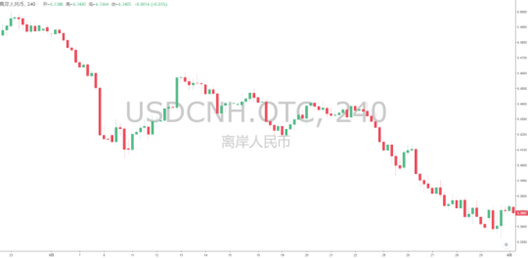

Introduction:
As Covid-19 continues its spread across the globe, dampening financial markets on top of already fraught geopolitical tensions and deflationary policies, market fluctuations have grown increasingly erratic and unstable. As uncertainties continue to threaten cross-border financial flows and increase volatility in the FX market, we have launched a series of special reports on Risk Management to highlight some important considerations for businesses who might be affected by these changes.
Definition and Types of Risk
What is Risk?
The original definition of risk was meant to refer to the uncertainties that comes with the future. In its purest, decontextualised form, risk is neutral– that is, the future can take on a positive turn or a negative dip. For businesses, risk refers to the probability of profit or loss in their day-to-day activities. The types of risk that businesses are commonly exposed to include price risks, interest rate risk and forex risk just to name a few.
Examples:
Main Types of Risks Faced by Businesses
1.Forex Risk
In the aftermath of 2008 Global Financial Crisis, many central banks in developed countries responded by implementing loose monetary policy to boost the economy (such as slashing interest rates and quantitative easing), resulting in currency depreciations. On the other hand countries that did not implement such policies experienced appreciation, reducing domestic businesses’ competitiveness on the global market. These currency fluctuations resulted in a high degree of forex risks for businesses.
For example, between May and June of 2021, China ‘s CNH started off at 6.4850 CNH/USD and peaked at 6.3551 CNH/USD, strengthening by 2.1%, . This essentially translates to an increase in profit of 2.1% for Chinese export businesses without any corresponding profit-driven initiatives .

▲ This figure illustrates the price of CNH between May and July of 2021
2.Demand Risk
After the global financial crisis, Euro crisis and the global pandemic, some severely affected countries witnessed a sharp decline in import demand. At the same time, as some countries rebound faster than others, sluggish economies would see an increase in competition in terms of price and quality, resulting in fall in demand for their exports.
3.Policy Risk
In order to protect national interests and competitiveness in a globalised world, some countries have erected barriers to trade and protectionist measures such as higher tariffs, posing higher risk for export businesses.
By evaluating the aforementioned risks, it is evident that demand risk and policy risks are risks that businesses can only deal with on a passive and reactive basis. On the other hand, businesses can actively take steps to mitigate their FX risks through effective management. As a result of rising inflation across the globe and supply chain disruptions in 2022, G7 currencies have experienced a rise in volatility amounting to 80%. Additionally, some markets have begun to experience sluggish growth, resulting in greater volatility in FX markets, highlighting the importance of FX risk management.
This is our first in a series of Risk Management special reports aimed at helping businesses understand and manage their risks better. In the next article, we will dive deeper into the types of FX risks faced by businesses. If you are interested to learn more, follow us on LinkedIn to keep up to date on new articles or you can you can visit our website to see how SUNRATE can help your business with your FX needs.
Share to
We hope to use cookies to better understand your use of this website. This will help improve your future experience of accessing this website. For detailed information on the use of cookies and how to revoke or manage your consent, please refer to our < privacy policy >. If you click the confirmation button on the right, you will be deemed to have agreed to use cookies.